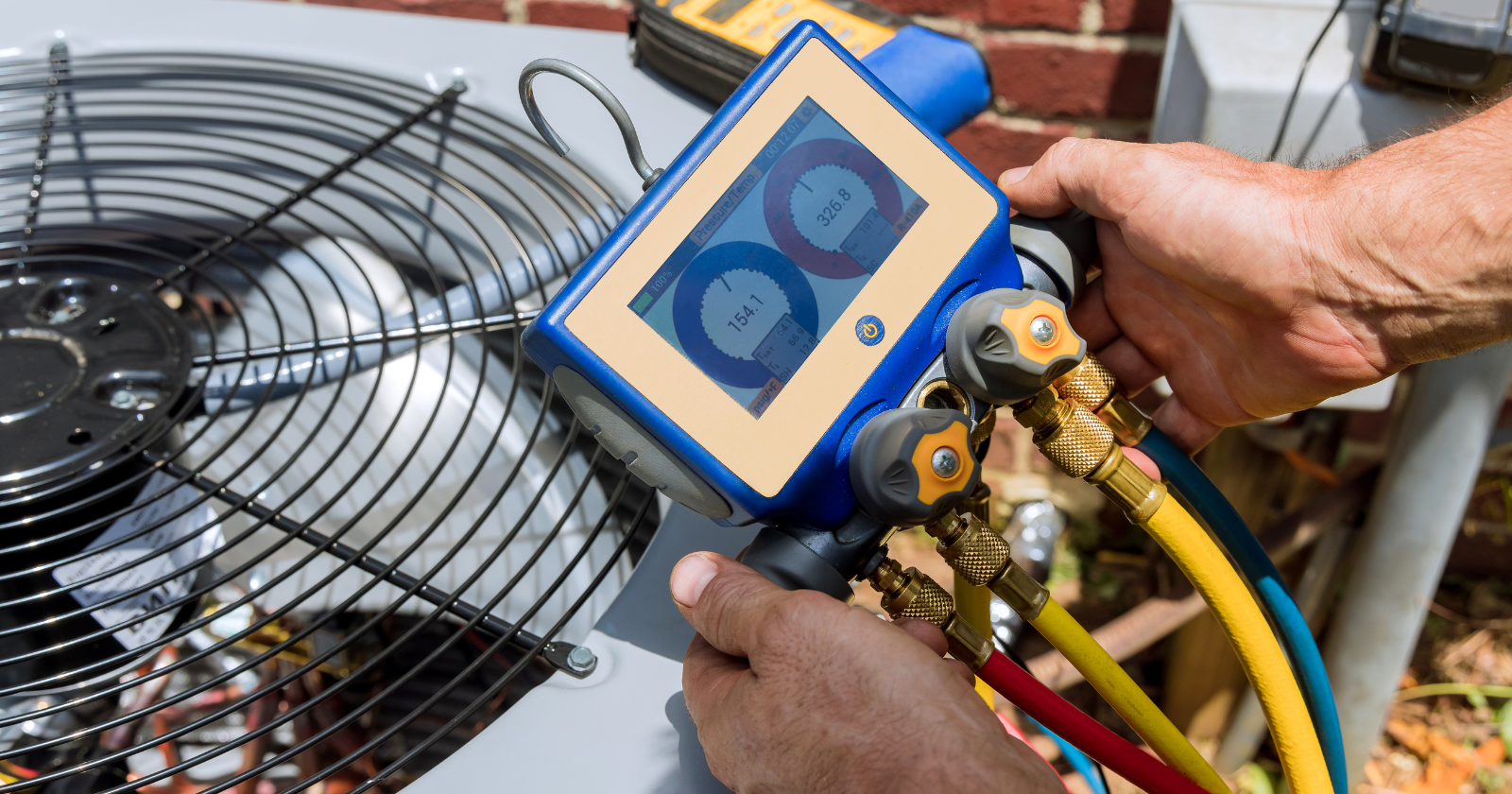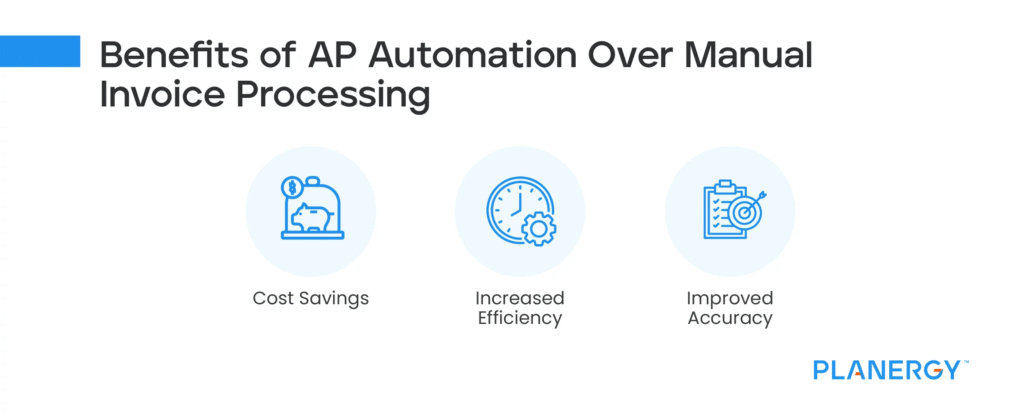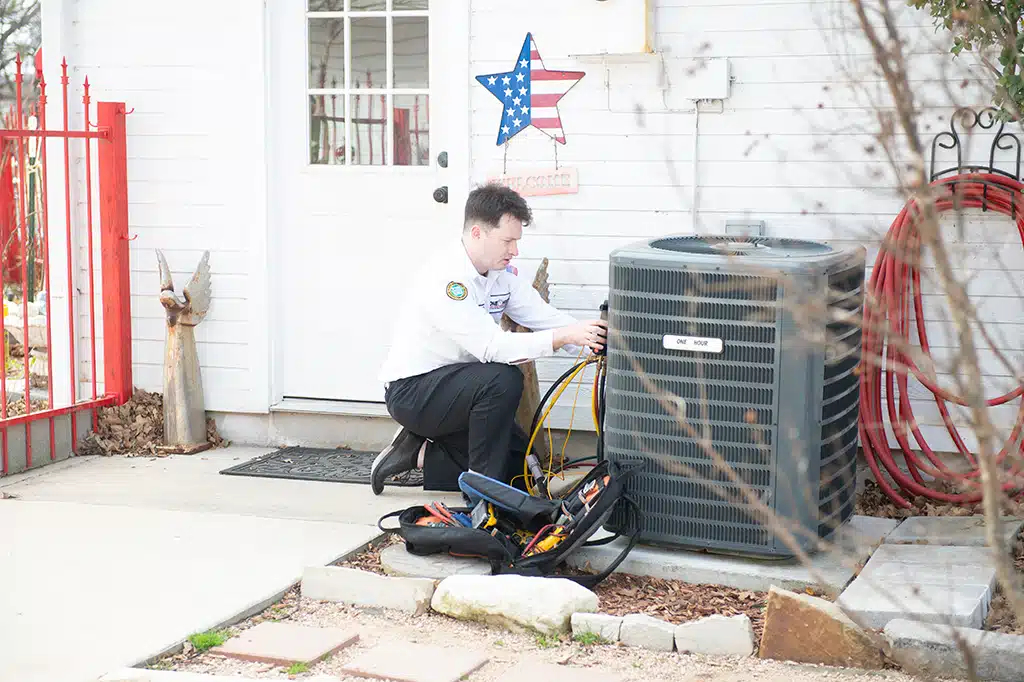A beautiful room that is too hot, too cold, or stuffy never feels quite right. In today’s homes, interior design and HVAC engineering have become two interdependent elements, notes Action Properties specialists.
From whisper-quiet variable-speed systems to low-profile diffusers that blend almost invisibly into the woodwork, the latest heating and cooling technology takes over. It lets you shape spaces that look great and feel exactly the way you want, without increasing your energy bills.
Why HVAC Design Matters to Your Interior Vision
Over half of the energy an average U.S. home uses each year goes to heating and air conditioning systems. It was about 52% in 2020. When your system is outdated or poorly planned, it can affect every design decision, such as:
- Oversized grilles interrupting feature walls
- Noisy compressors disrupting conversations
- Poor humidity control swelling or shrinking hardwood floors
Today’s design-forward HVAC philosophy changes that. Contractors like HVAC Services Pro collaborate with architects and homeowners early, sizing equipment with Manual J calculations, mapping duct layouts before drywall installation, and choosing registers that match trim profiles. This way, you enjoy clear views and quiet rooms with standout decor.
Technologies That Blend In and Level Up Comfort
Here are the technologies that blend in with modern interiors and level up your comfort:
| Feature | Design Benefit | Real-World Payoff |
| Variable-capacity compressors | The system runs mostly at low, barely audible speeds | Precise one-degree temperature control, energy savings, and reduced drafts. |
| Ductless mini-splits and short-run ducts | Sleek wall cassettes or ceiling cassettes, no bulky runs | Ideal for open-concept models, sunrooms, or heritage homes that lack chase space. |
| Heat-pump and dual-fuel hybrids | One outdoor unit handles heating and cooling | Up to 75% less electricity for heating compared with electric furnaces, plus better summer dehumidification. |
| Smart, low-profile diffusers | Linear slots tuck into shadow lines | Even air distribution without visible register clutter. |
| Whole-home filtration and HRVs (Heat Recovery Ventilator) | Integrates with design for invisible fresh-air delivery | Removes pollutants and controls humidity that can tarnish finishes. |
Benefits Homeowners Actually Feel
- Quieter rooms: Variable-speed fans hum at library levels, so you hear the music, not the mechanics.
- Tighter temperature bands: Instead of the old full-blast and then off cycle, inverter compressors throttle gently, eliminating hot or cold swings that make you fuss over blankets and rugs.
- Balanced humidity: Consistent low-speed operation removes moisture from Texas spring air, keeping cabinetry and artwork safer from warping, mold, or mildew.
- Cleaner walls: Hidden returns behind baseboards mean no more grill shadows collecting dust, which is ideal for light-colored feature walls.
- Energy efficiency with style: Because the system works smarter, you have more room in your budget for that statement light fixture.
Designer Tips for Integrating HVAC Into Your Next Project
Here are some effective designer tips for integrating HVAC into your next project:
- Plan vent locations with furniture layouts in mind: Set supply registers above windows where curtains break airflow naturally. For built-in bookcases, use floor diffusers beneath toe-kicks to keep shelves flush.
- Use linear slot diffusers as a design element: These slim, continuous openings disappear into ceiling reveals, perfect for modern, high-ceiling homes.
- Hide returns in hallway soffits: Hallways are circulation zones already, so a carefully sized return there avoids a large grille in the living room.
- Zone smart: A two-story Fort Worth home can keep upstairs bedrooms cooler at night without over-conditioning the first floor. More comfort, less thermostat adjusting.
- Ventilate consciously: Pair the HVAC upgrade with an energy-recovery ventilator (ERV) to bring in outdoor air without spiking utility bills. This step is essential for airtight, designer-grade new builds.
Cost vs. Comfort: Why Transparent Pricing Matters
Upsizing equipment “just in case” is a design killer. Oversized units short-cycle, leave humidity hanging, and usually require larger, more visible ducts. Transparent, size-based flat pricing, which is a hallmark of HVAC Services Pro, takes the fear out of right-sizing.
You pay for what your load calculation actually needs, not what someone persuades you to buy. Installation quality stays high because the team is not racing the clock to hit margin targets.
Final Thoughts
Beautiful rooms are not just about paint colors and furniture. They should also feel perfect on a sticky August afternoon or a cool February morning. When you plan the HVAC system from the start, using quiet, variable-speed equipment, smart zoning for different rooms, and slim vents that stay out of sight, you build comfort directly into the design.
The air feels even, the background stays hushed, and your decor can shine without bulky grilles in the way. Team up with a local installer like HVAC Services Pro, who posts clear, honest prices, and the comfort you imagine on paper becomes the comfort you enjoy every single day.
FAQs
Can Variable-Speed Systems Really Save Energy in Hot North Texas Summers?
Yes. Because they use low power most of the day, they often outperform single-stage SEER 2 systems in real-world conditions. Their steady operation also removes more humidity, so you can set the thermostat a degree higher and still feel cool.
Will a Ductless Mini-Split Affect My Interior Design?
Not if you choose carefully. Ceiling cassettes recess between joists, and wall heads can be color-matched. Many homeowners treat the slim console like a sound bar below the TV.
How Often Should Filters Be Changed in a Hidden Return Setup?
Replace the filter every one to three months. The concealed grille opens easily with a push, allowing you to change it without disturbing the room’s look.
Are Heat Pumps Reliable for Dallas Winters?
Yes. Modern heat pumps maintain capacity down to the mid-20s°F. During the few freezing nights, dual-fuel systems automatically switch to gas or electric backup.
Does Free Installation Mean Lower Quality Work?
Not with reputable companies. Look for flat-rate labor built into equipment pricing and verified reviews. HVAC Services Pro, for example, includes a five-year labor warranty on all installations, protecting your investment from the start.
Read More Gorod








